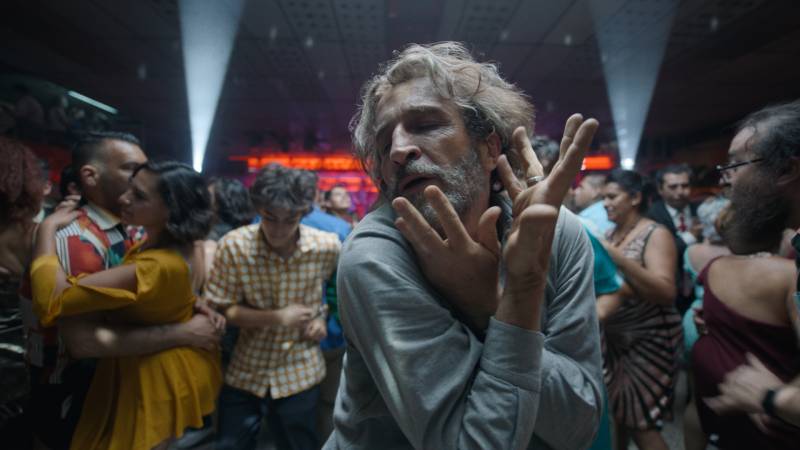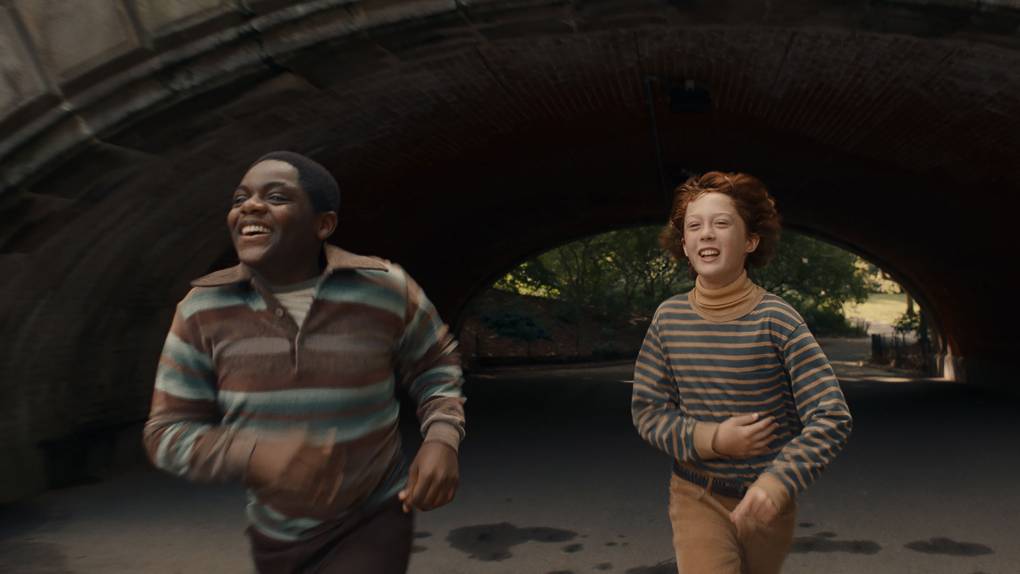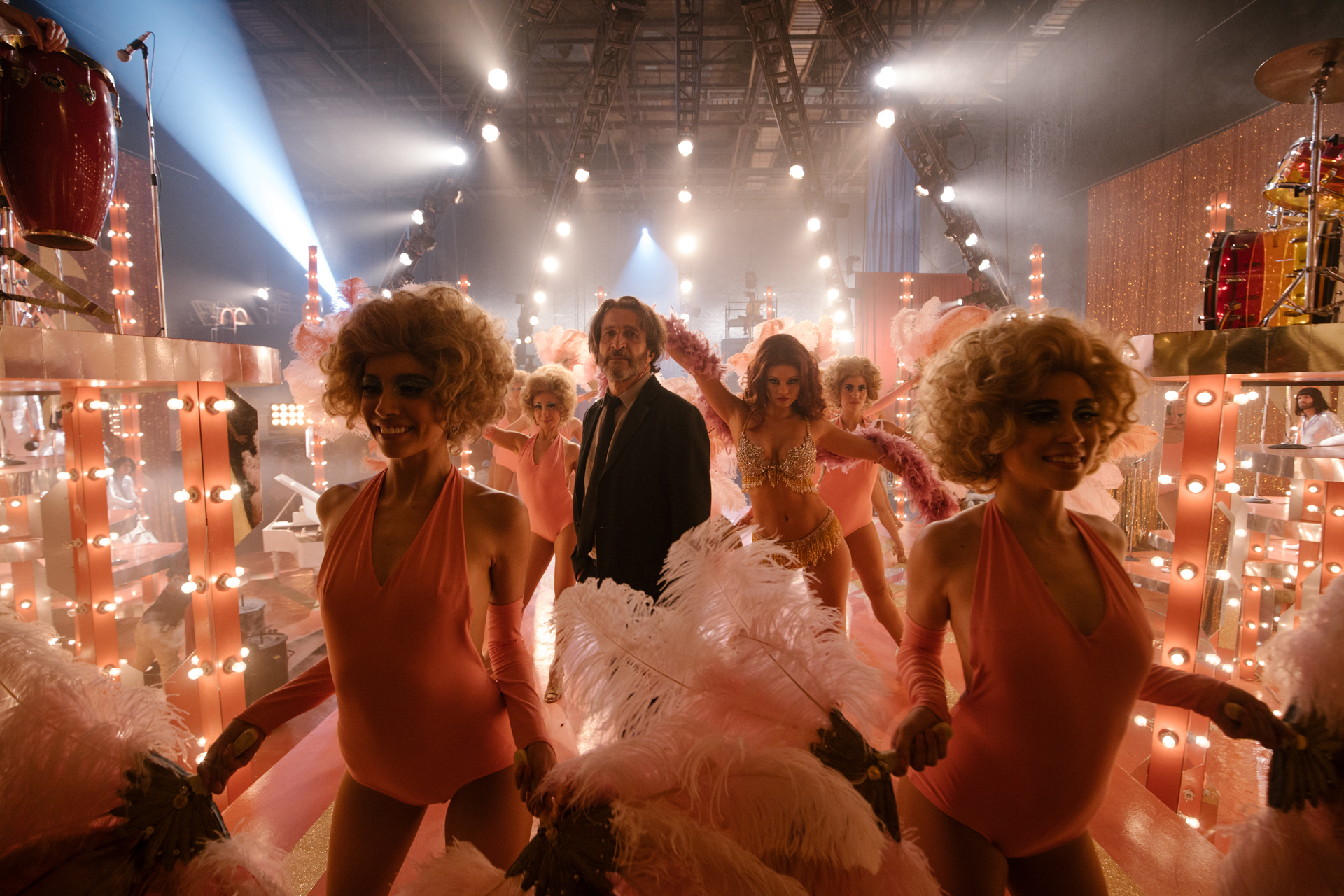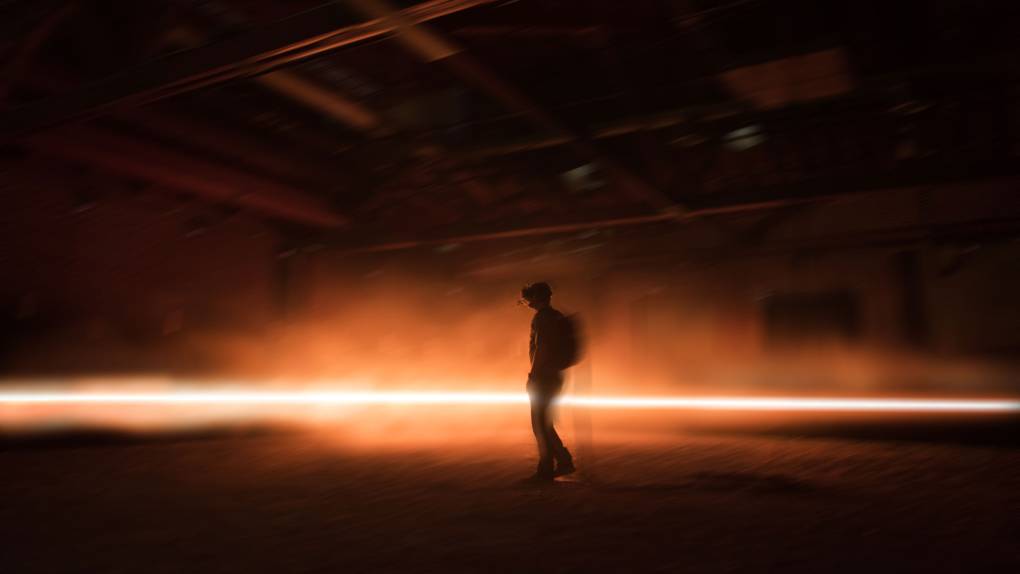’Tis the season for head-scratchingly ambitious, indulgent, overblown and overlong movies. Thank — I mean curse — the Academy Awards, increasingly irrelevant as hallmarks of excellence and boosters of box office, but still industrial-strength catnip for sundry egos in this business we call show.
Alejandro G. Iñárritu, the Oscar-winning director of Birdman or (The Unexpected Virtue of Ignorance) and The Revenant, is not one to hide his light under a bushel. But he also understands the pleasure of movie-watching — that is, he honors the audience — by subsuming his idiosyncratic concerns in kinetic, riveting narratives.
Iñárritu’s extraordinary new film, Bardo: False Chronicle of a Handful of Truths, begins streaming Dec. 16 on Netflix following a one-week Oscar-qualifying theatrical release last month. The plot revolves around a successful 50-something Mexican filmmaker, long based in Los Angeles, who returns with his family to his native country for something akin to a national celebration. The autobiographical parallels are obvious, although Iñárritu makes Silverio a documentary filmmaker rather than a Hollywood director.







